Hairy Nightshade
- Nightshade or potato (Solanaceae family):
- Solanum physalifolium Rusby
- EPPO code:
- SOLSA
- Other names:
- Potatoweed, cupped nightshade, brown berried nightshade
Species information
- Lifecycle:
- Annual.
- Propagation:
- Reproduces by seed.
- Range and habitat:
- Hairy nightshade is most commonly found in sandy and muck soils.
- Competitiveness:
- Most nightshade species are not considered overly competitive, but the juicy berries can stain crop seed during the harvesting process.
- Toxicity:
- The concentration of glycoalkaloid toxins in hairy nightshade is thought to be low overall, but highest in immature berries. There is no evidence that ripe berries are toxic (Anonymous, 2015).
Identification clues
Leaves
- Cotyledons:
- Oblong with a pointed tip and hairy margins.
- Young leaves:
- Young leaves are round to oval in shape with hairy margins.
- Mature leaves:
- The apex is more pointed on older leaves than it is in younger ones. The leaf’s surface is finely hairy giving it a sticky feel. Its margins are hairy, but will occasionally have irregular rounded teeth.
Mature plant
- Stem:
- The stem of hairy nightshade is extremely hairy. It is branched, and either erect or spreading.
- Flowers:
- The petals of its flowers are white and unite into a star-shaped corolla with five sharp lobes. The anthers are united and form a yellow column in the center. Hairy nightshade flowers from June until late autumn.
- Fruit:
- The plant produces berries that are green at first, but later turn brown as they mature.
Often mistaken for
I know it's not Pigweed species because young hairy nightshade plants have elongated cotyledons. Pigweed species, on the other hand, have linear cotyledons. The surface and margins of hairy nightshade are extremely hairy, whereas most pigweed species lack dense leaf hairs.
I know it's not Eastern black nightshade because the leaf surface and stems of eastern black nightshade is hairless and the mature berries are black. Hairy nightshade, on the other hand, has mature, brown berries and very hairy leaves and stems.
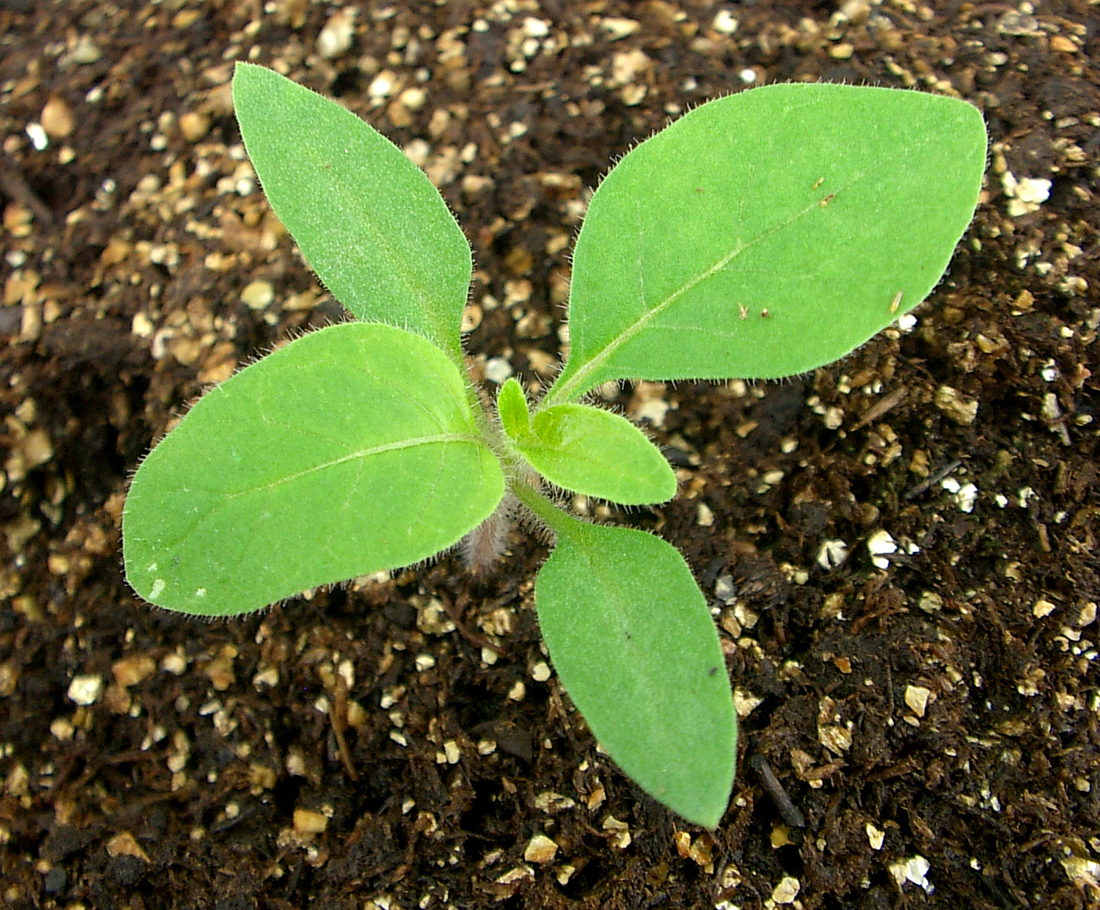
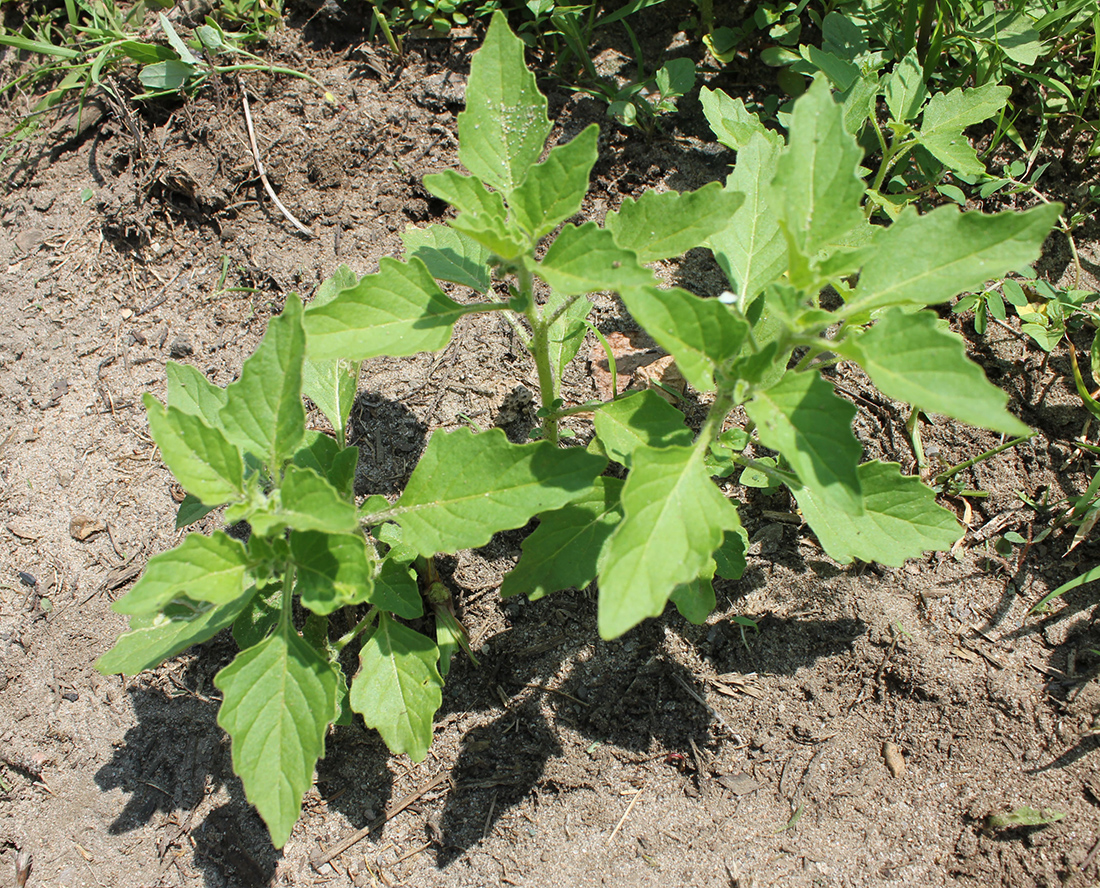
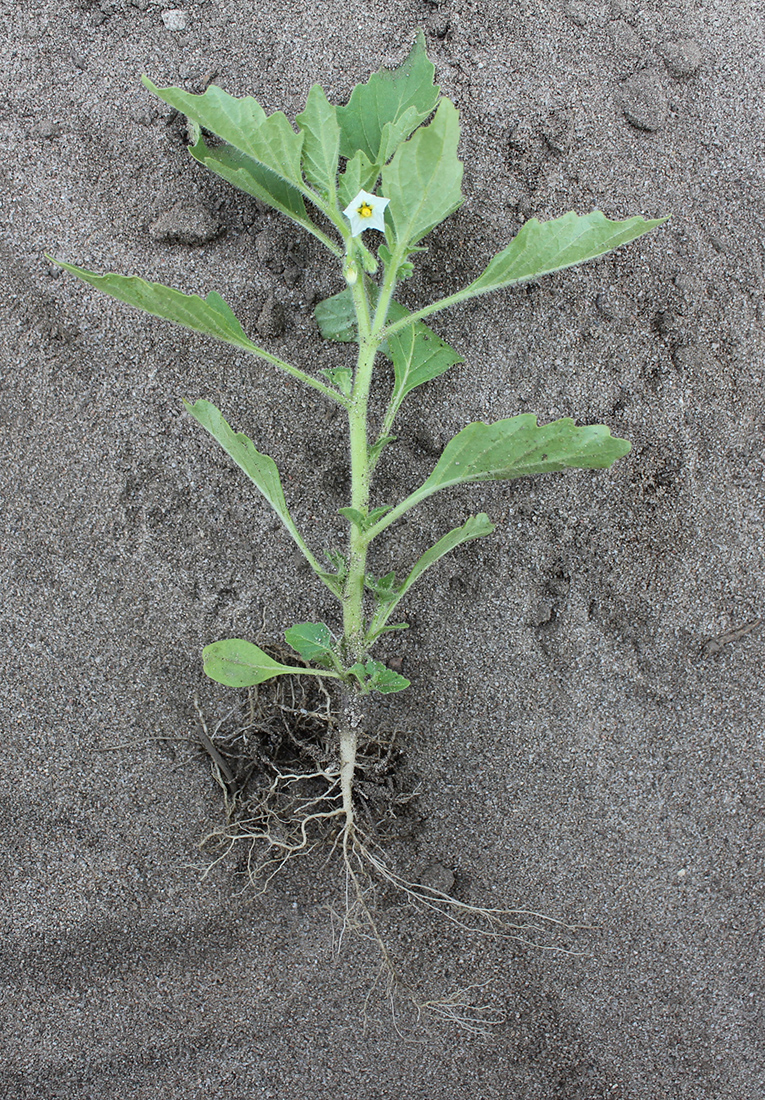
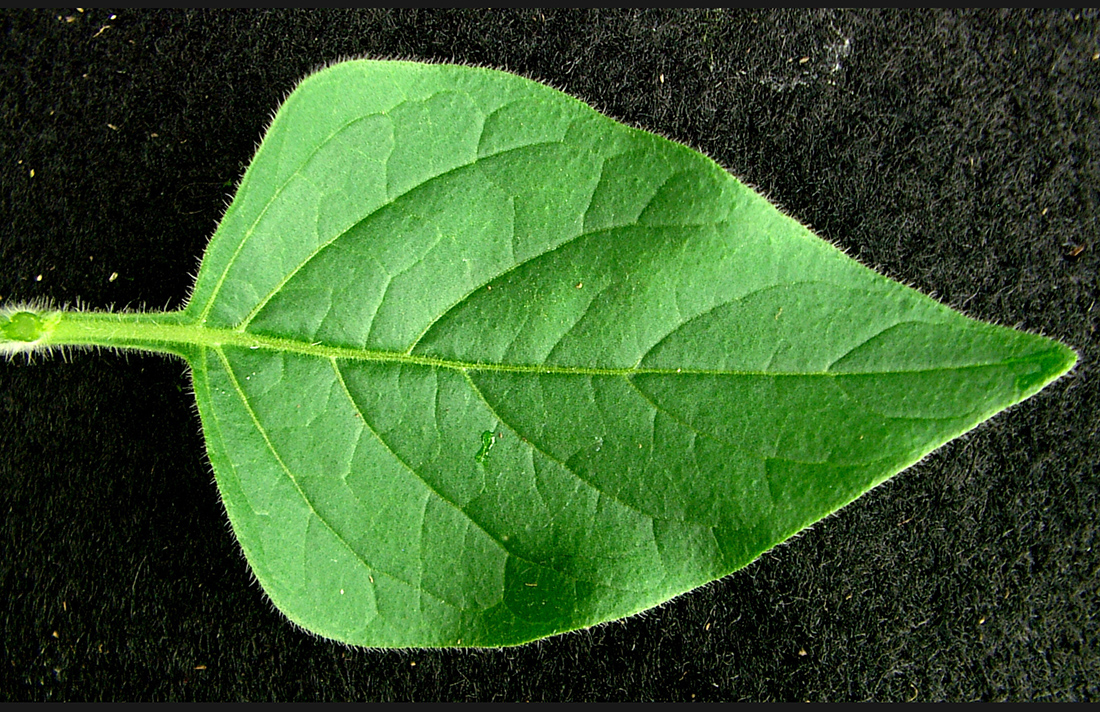
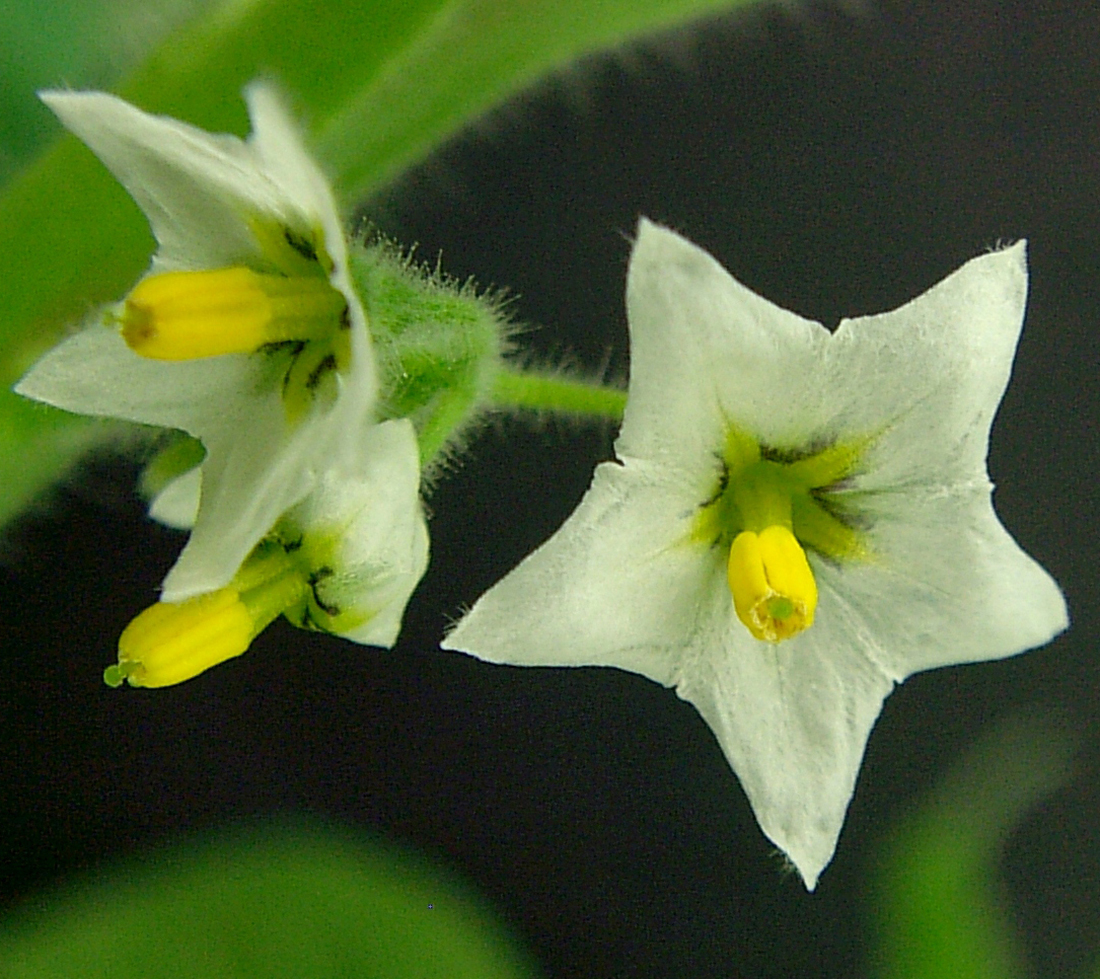
Updated: January 16, 2023
Published: January 16, 2023